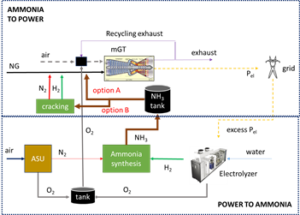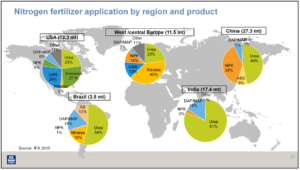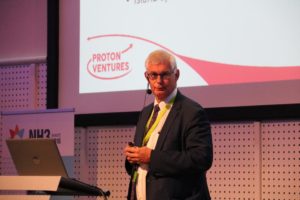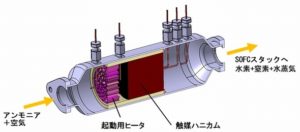United Nations Sparks Green Hydrogen Initiative
Last month UN Climate Change announced an initiative whose goal is to scale up green hydrogen production significantly over the next six years. “The new ‘Green Hydrogen Catapult’ initiative will see green hydrogen industry leaders, including ACWA Power, CWP Renewables, Envision, Iberdrola, Ørsted, Snam, and Yara, target the deployment of 25 gigawatts through 2026 of renewables-based hydrogen production, with a view to halve the current cost of hydrogen to below US$2 per kilogram.”









